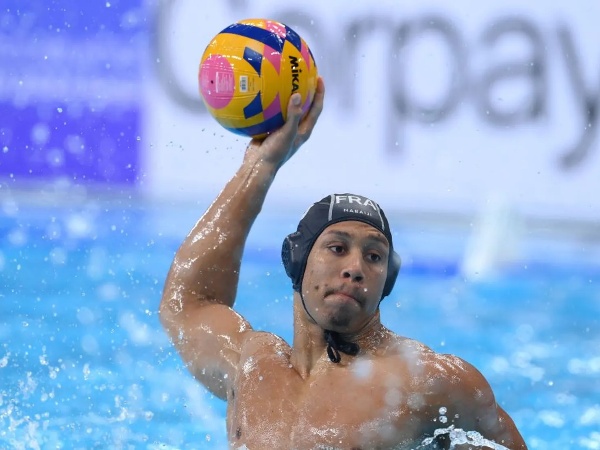views : 580
2 Min Read
All About Water Polo Ahead Of 2024 Olympic Games
Water polo originated as a perilous sport in mid-19th century England, evolving from an aquatic adaptation of rugby played in rivers and lakes. By 1870, the London Swimming Association established rules for indoor pools, steering the sport towards safer waters. Concurrently, in Scotland, rules were refined to favor a football-style approach, diverging from the rugby variant seen in England. This Scottish influence spread internationally, shaping the modern iteration of water polo.
In 1888, water polo reached the United States, where it embraced the rugged rugby style akin to American football. However, the rest of the world adhered to Scottish principles, setting the foundation for today's standard gameplay. The inaugural international match occurred in 1890, featuring England against Scotland, with Scotland triumphing 4-0. This historic contest solidified water polo's global appeal and established its competitive framework.
Water polo features two teams of seven players competing in a pool typically ranging from 20×10 to 30×20 meters, with a depth of 3 meters. World Aquatics standards mandate a minimum size of 30×20 meters for men's matches and 25×20 meters for women's matches. Each game consists of four quarters lasting eight minutes each. Players, aside from the goalkeeper, can handle the ball with only one hand and must attempt a shot within 30 seconds of gaining possession. Failure to do so results in a turnover to the opposing team, resetting the shot clock. Contact is permissible between players contesting possession, making the sport physically demanding and strategic.
Water polo demands a combination of strength, endurance, power, and tactical acumen from its athletes, emphasizing both individual skill and cohesive teamwork in the pursuit of scoring goals and securing victories. Water polo, alongside rugby, debuted at the modern Olympic Games in 1900, initially featuring club competitions and later expanding to national team tournaments from 1908. It took a full century for the inclusion of women's water polo, which finally debuted at the Sydney 2000 Olympics.
In the realm of men's competition, European National Olympic Committees have historically dominated, with a European nation clinching gold at every Games since 1908. Hungary leads the men's medal tally with 16 medals, including nine golds, cementing its prowess in the sport. Conversely, women's water polo at the Olympics is relatively new, but the United States has quickly emerged as a dominant force. They have secured three consecutive gold medals, triumphing at London 2012, Rio 2016, and Tokyo 2020, underscoring their strength and consistency in the sport's global arena.
